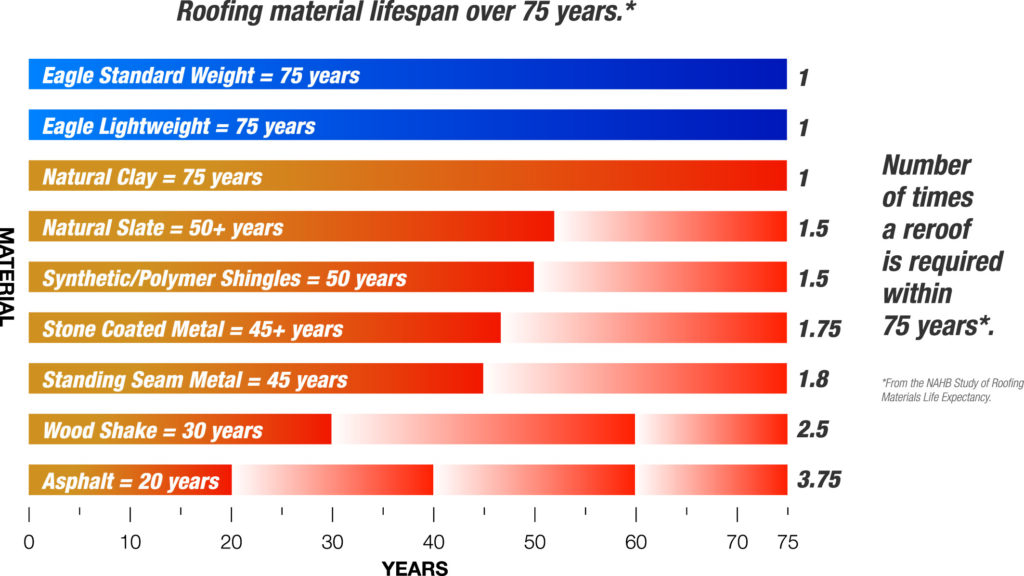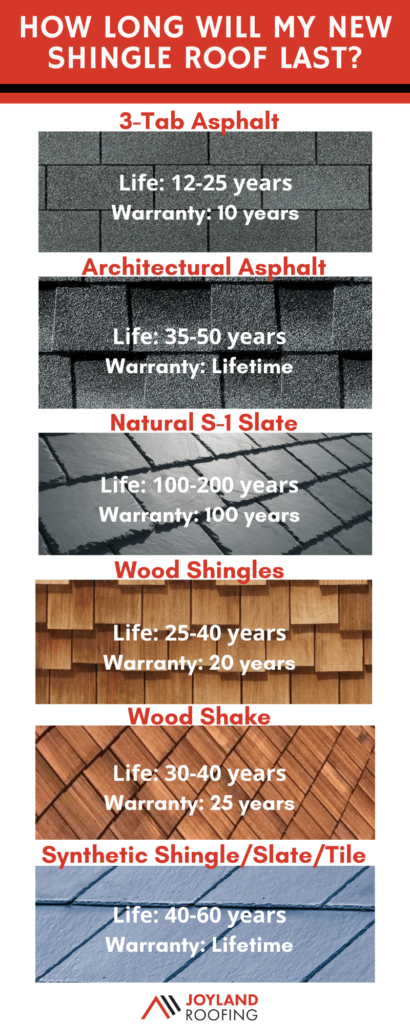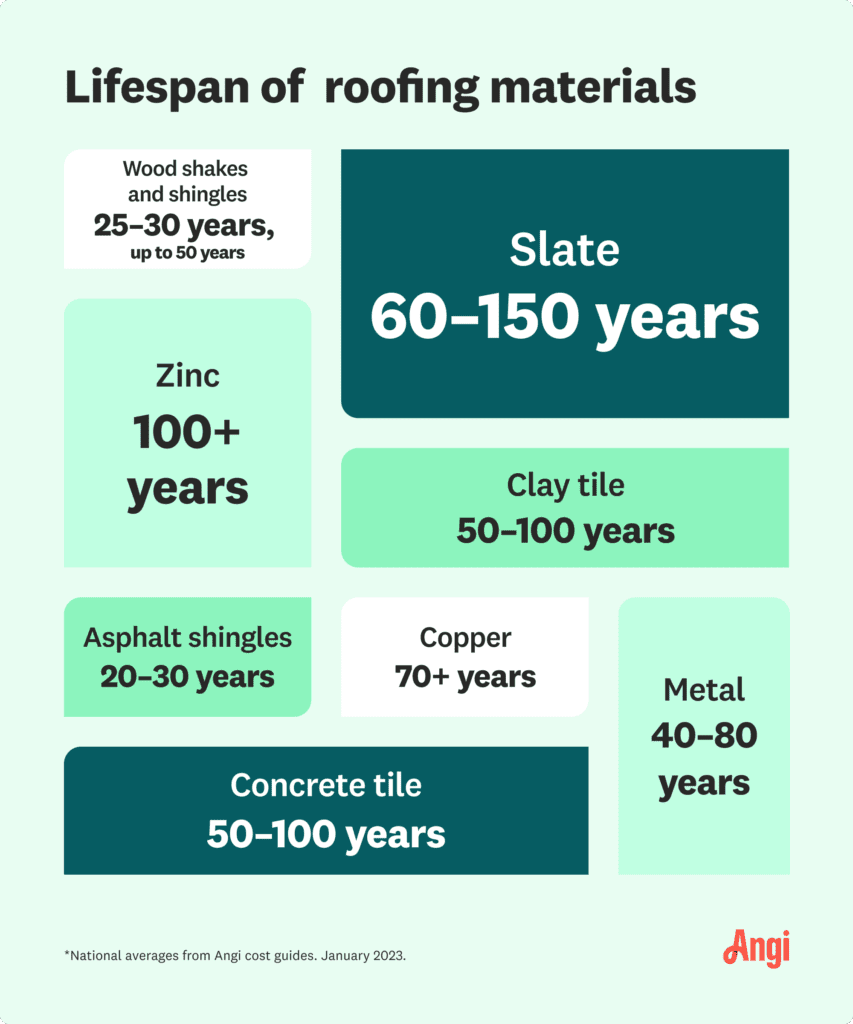Imagine you’re sitting in your cozy living room, glancing up at the sturdy ceiling above you. Have you ever wondered just how long that trusty roof will keep you protected? In this article, we’ll take a closer look at the intriguing concept of roof life expectancy. From the factors that influence its lifespan to the key signs that it’s time for a roof replacement, you’ll gain a better understanding of this essential part of your home’s longevity. So, grab a cup of tea, sit back, and let’s explore the fascinating world of roof life expectancy together.
Factors Affecting Roof Life Expectancy
Maintaining a durable and long-lasting roof is essential for any homeowner or building owner. However, the life expectancy of a roof can vary depending on numerous factors. Understanding these factors can help you make informed decisions about your roofing material, installation, and maintenance. Here are the key factors that can impact the life expectancy of a roof:
Roofing Material
The roofing material you choose plays a significant role in determining the longevity of your roof. Different materials have varying levels of durability, resistance to weather conditions, and maintenance requirements. Common roofing materials include asphalt shingles, wood shingles and shakes, metal roofs, slate, tile, clay, concrete, green roofs, EPDM rubber, and built-up roofing systems (BUR). Each material has its own expected lifespan, which we will explore in the next section.
Climate
The climate in which your roof is exposed to can greatly affect its longevity. Extreme temperatures, high humidity, heavy rainfall, snow and ice accumulation, strong winds, hailstorms, and exposure to UV radiation can all impact the performance of your roof. Understanding the climate conditions specific to your region is crucial in choosing the right roofing material and implementing the necessary maintenance practices to ensure the long-lasting protection of your roof.

Installation Quality
No matter how durable the roofing material is, poor installation can significantly reduce the lifespan of your roof. Proper installation techniques, an experienced and reputable roofing contractor, quality materials, correct underlayment, and the use of flashing and sealants are crucial factors in ensuring that your roof is installed correctly. Hiring a reputable roofing professional who follows industry best practices is essential for a long-lasting roof.
Roof Pitch
The pitch or slope of your roof affects its longevity by determining how effectively water and debris can be shed from the surface. Low-pitch roofs tend to trap water, snow, and debris, leading to increased wear and tear. Medium and high-pitch roofs allow for better water drainage and are less prone to damage caused by standing water or excessive weight accumulation.

Ventilation
Proper ventilation in your roof and attic spaces is vital for maintaining the longevity of your roof. Adequate ventilation helps regulate temperature, reduce moisture buildup, and prevent the growth of mold, mildew, and rot. Proper attic and roof ventilation can help extend the lifespan of your roof by preventing damage caused by excessive heat, humidity, and condensation.
Maintenance
Regular maintenance is key to prolonging the life expectancy of your roof. By conducting regular inspections, cleaning debris, maintaining gutters, removing moss and algae, and sealing cracks and leaks promptly, you can prevent small issues from escalating into major problems that can compromise the integrity of your roof. A proactive approach to maintenance can significantly extend your roof’s lifespan.

Surrounding Environment
The environment surrounding your property can also impact the longevity of your roof. Factors such as the presence of nearby trees, environmental pollution, wildlife activity, proximity to neighboring structures, and excessive shade or sun exposure can all influence the wear and tear your roof experiences. For example, overhanging tree branches can rub against the roof surface, causing damage, while constant exposure to sunlight can lead to the deterioration of certain roofing materials.
Roof Design
The complexity of your roof design, the slope of the roof, and the quality of ceiling insulation can all impact its life expectancy. Complex roof designs with intricate angles, valleys, and dormers may be more susceptible to leaks and water damage if not properly maintained. Additionally, roofs with inadequate insulation can result in increased energy costs and potential moisture problems that can shorten the lifespan of your roof.

Usage
Whether your roof is used for residential or commercial purposes can also affect its life expectancy. Commercial roofs often experience more foot traffic, equipment installations, and potential damage from HVAC systems or other rooftop installations. Residential roofs, on the other hand, may face different challenges such as satellite dish installations or occasional foot traffic for maintenance purposes. Understanding and accounting for the usage of your roof can help you implement the necessary measures to protect its longevity.
Color
The color of your roofing material can impact its lifespan, especially in regions with high sun exposure. Dark-colored roofs can absorb more heat, which may lead to accelerated deterioration of certain materials over time. Lighter-colored roofs, on the other hand, reflect more sunlight, reducing heat absorption and potentially extending the life of the roof.
Now that we have explored the factors that can affect roof life expectancy, let’s delve into the typical life expectancy of different roofing materials next.
